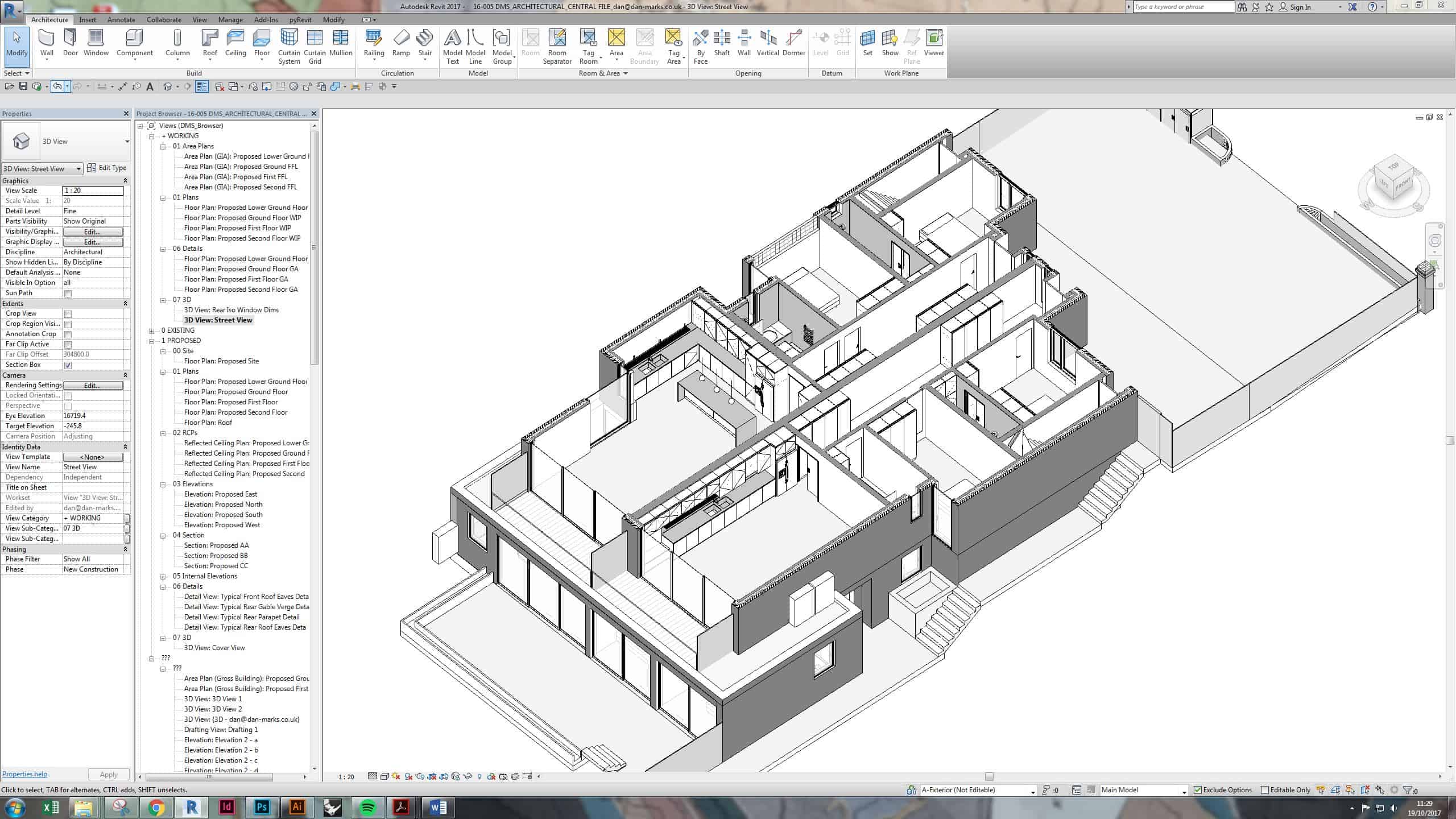
Architectural specifications provide the "how" behind architectural drawings. They serve to clarify design intent, reduce ambiguity, and establish standards for materials and methods used during construction.
Architectural specifications can be challenging for architects to write effectively; however, with the appropriate tools such as standard templates and engaging product manufacturers or specialists architects can improve their specification writing abilities.
Architectural specifications are documents written to describe what cannot be shown visually on drawings or models, often by architects and engineers to outline work to be performed for construction projects. Architectural specs may be as broad as outlining a site for development or as narrow as outlining product and workmanship that will be utilized during their execution.
Architectural specifications often go underrated during the construction process, despite their vital role. This misconception stems from drawings capturing broad themes while specifications focus on intricate details; but in actuality specifications are essential to helping bridge between architects' imagination and physical manifestation on site.
However, writing accurate specifications is no simple task. It requires providing detailed descriptions of all components, materials and processes as well as providing definitions for any unavoidable technical terms that arise during construction. Modern specification software helps architects in the drafting process while decreasing risks of errors and omissions.
As the design phase advances to final design, drawings become fully dimensioned and consultant documents such as structural, mechanical, and electrical are coordinated with final architectural plans to form the final construction documentation set - or spec. Your architect will work with you during this stage to select contractors and obtain accurate construction estimates so you can compare apples-to-apples during bidding processes. A clear roadmap provides builders with guidance while eliminating errors that lead to costly revisions down the line.
Commercial architects include architectural specifications in their fees for this reason. Architectural specs are organized in standardized formats such as CSDI 3-Part Guide Specification to make them easier for all parties involved to understand; as a result, an accurate and cost-effective project is delivered.
Young architects tend to focus more on aesthetic and visual elements of design than on documenting every component in writing; architectural specifications serve as an invaluable means of guaranteeing that buildings are constructed as intended.
Specifications provide construction teams with the information needed to bring drawings to life and reduce ambiguity or legal disputes by outlining exactly how all the pieces fit together correctly.
Detail, clarity and concise architectural specifications can help to reduce confusion in the field and enhance quality of final result. This is accomplished through use of words to convey desired meanings while eliminating ambiguous or conflicting terms; additionally they should not specify any practical impossibilities which help prevent miscommunication between contractors and clients and helps ensure more accurate costing estimates from them.
Specifications in an architectural firm serve as the ultimate roadmap for translating an architect's design vision into real reality, yet often remain underestimated components of the process.
Construction specifications (specs) can be complex documents, often necessitating professional help in their creation. Their preparation can often require hours and due to being less visually engaging than drawings can often go underappreciated by recipients.
However, specifications are an integral component of project success. By setting forth detailed standards and guidelines that establish consistent materials across a construction process, facilitate accurate bidding, provide legal clarity when disputes arise, reduce costly changes to project scope and enhance quality workmanship - specifications help achieve all these outcomes while simultaneously being neglected in school curriculums focusing on conceptual aspects rather than aesthetic ones; consequently many architects enter the profession without sufficient knowledge regarding specifications.
Immerse yourself in architecture’s most boundary-pushing ideas—where innovative home improvements meet visionary urban developments. Discover new building techniques, materials, and creative concepts that are redefining how we shape our spaces on a global scale.